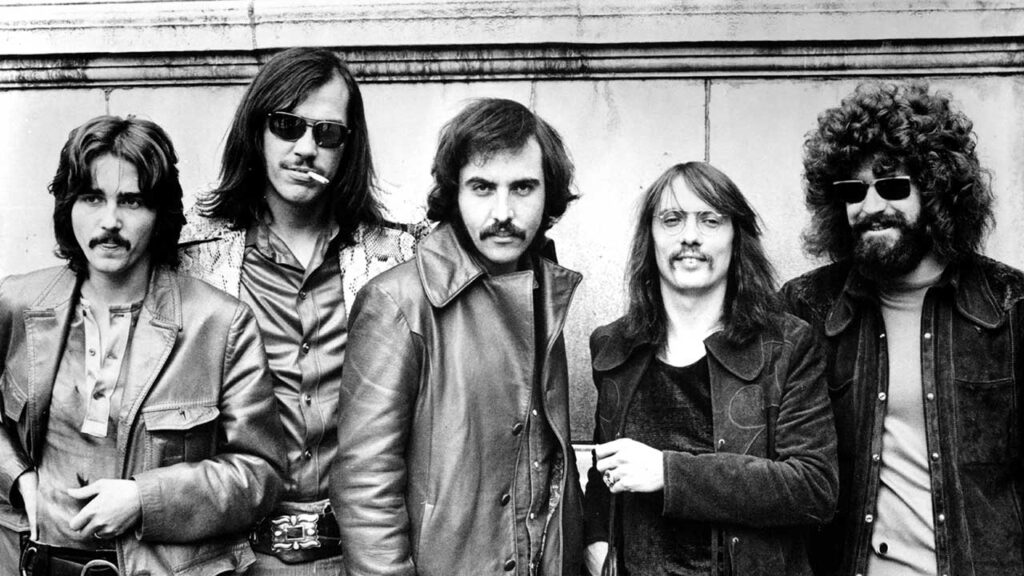
A Throttle-Open Anthem of Rebellion That Gave Rock Its Roaring Engine
When Steppenwolf unleashed “Born to Be Wild” in 1968, the song surged onto the airwaves with the untamed force of a V-twin engine tearing through the American heartland. Released as the third track on their eponymous debut album, Steppenwolf, the single swiftly climbed to No. 2 on the Billboard Hot 100, forever fusing its legacy to the burgeoning counterculture of the late 1960s. Though it never claimed the top chart position, its resonance would echo far beyond commercial metrics, capturing a spirit of liberation and unrestraint that became emblematic of an era—and of rock music itself.
Penned by Mars Bonfire (born Dennis Edmonton), a former member of The Sparrows—the precursor band to Steppenwolf—“Born to Be Wild” was originally written as a ballad. But once it fell into the hands of John Kay and company, it transformed into something far more explosive. The band revved it up with driving guitar riffs, thunderous percussion, and Kay’s gravel-soaked vocals, delivering a final product that would not only define their career but also help shape the sonic vocabulary of hard rock.
Lyrically, “Born to Be Wild” is raw adrenaline set to verse. It’s not just a song about motorcycles or speed; it’s a feral hymn to personal freedom and unyielding momentum. “Get your motor runnin’ / Head out on the highway / Lookin’ for adventure / In whatever comes our way”—these opening lines are more than evocative; they are a declaration of intent, delivered with both menace and wonder. The protagonist isn’t merely escaping—he’s embracing risk as a lifestyle, seeking not comfort but confrontation with the unknown. This isn’t wanderlust—it’s existential defiance.
Much has been made of the song’s association with Dennis Hopper’s 1969 film Easy Rider, which canonized it as an anthem for outlaws and drifters—motorcyclists chasing not just asphalt but a sense of self in postwar America. Yet even removed from its cinematic scaffolding, “Born to Be Wild” remains elemental. The lyrics speak to a timeless hunger—to escape confinement, whether physical or societal—and to embrace an identity forged in motion.
Musically, the track sits at an inflection point in rock history. The term “heavy metal thunder,” roared out in one of its most iconic lines, has often been cited as one of the earliest uses of “heavy metal” in a lyrical context—planting seeds for an entire genre yet to rise. The fuzz-drenched guitar work from Michael Monarch, combined with Goldy McJohn’s swirling organ textures and Jerry Edmonton’s booming drum lines, constructs a soundscape that feels both massive and immediate. It is blues-rock unshackled from restraint, leaning into distortion and volume with unrepentant vigor.
But perhaps what makes “Born to Be Wild” endure is not merely its sonic muscle or cultural affiliations—it is its primal understanding that rebellion is less about destruction than about becoming. In its stripped-down verses and roaring choruses lies the eternal promise that life can be something larger if only we have the courage to break away from what binds us.
It was not just born—it was forged in fire and gasoline.